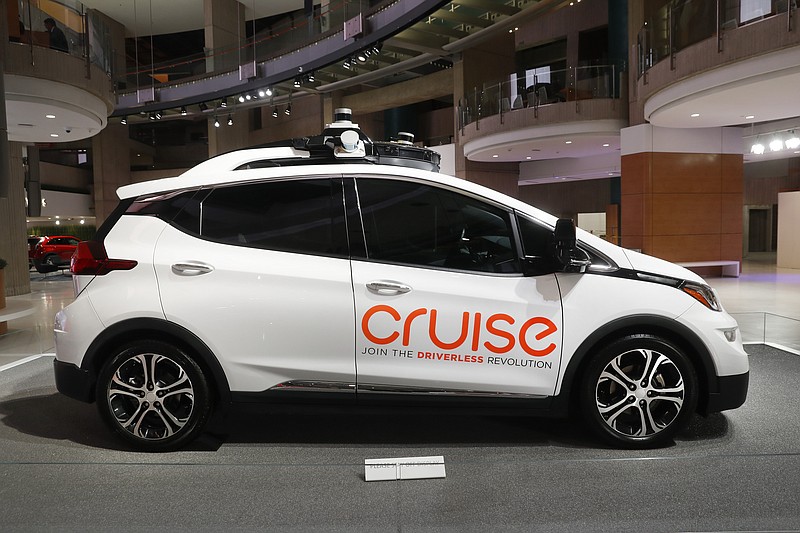SAN RAMON, Calif. -- General Motors' self-driving car company has begun sending out test vehicles with no drivers in San Francisco as it navigates its way toward debuting a robotic taxi service that would compete against Uber and Lyft in the hometown of the leading ride-hailing services.
The move announced Wednesday by GM-owned Cruise comes two months after the company received California's permission to deploy fully driverless cars in the state.
Like dozens of other companies testing the robotic technology, Cruise's self-driving cars have been allowed on California public streets for several years with humans poised behind the wheel to take over in an emergency. Now, Cruise is confident enough to send out its self-driving cars without that safety net, instead monitoring from remote locations and, at least initially, having a company employee sitting in the front passenger seat. That employee won't have access to the same controls as a backup driver and eventually won't be sitting in front, according to the company.
"You're seeing fully driverless technology out of the [research and development] phase and into the beginning of the journey to being a real commercial product," Cruise Chief Executive Officer Dan Ammann said Wednesday.
